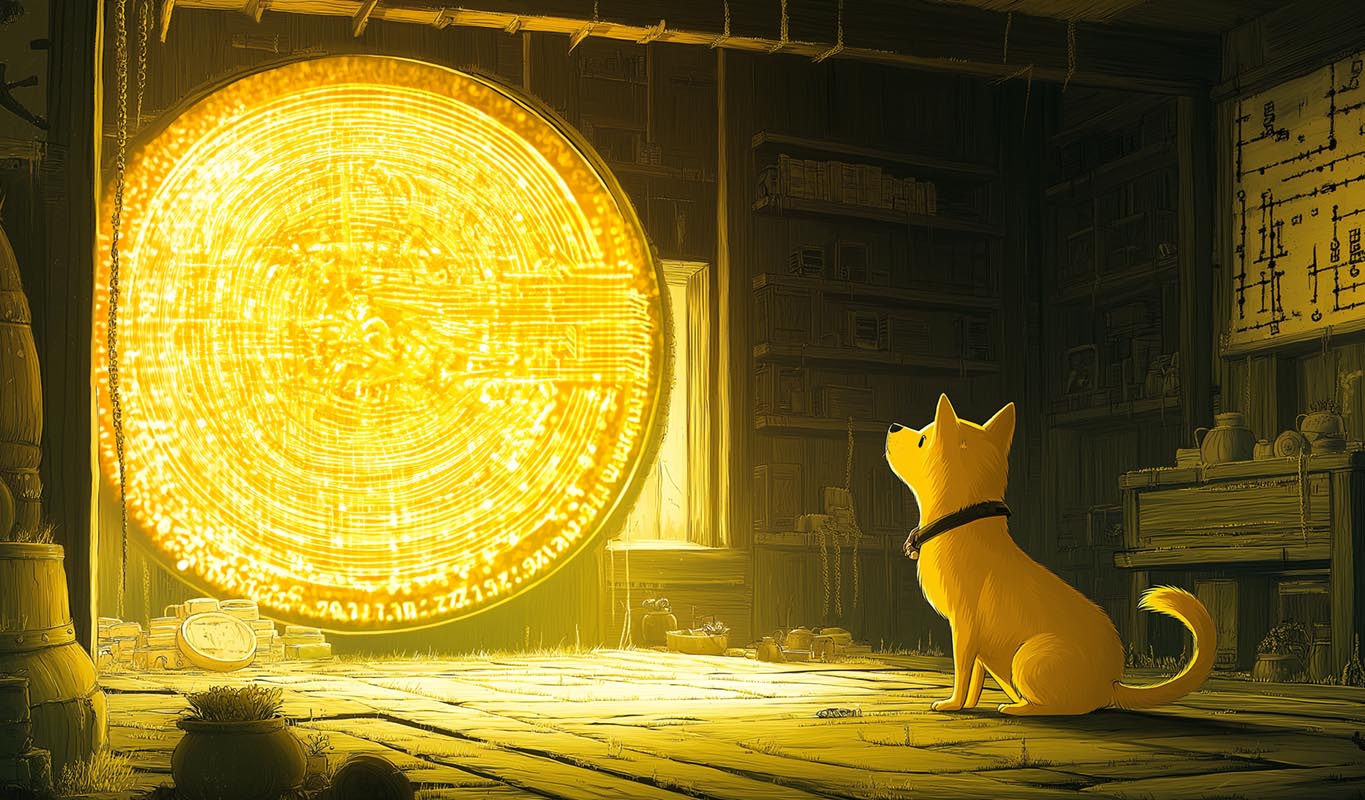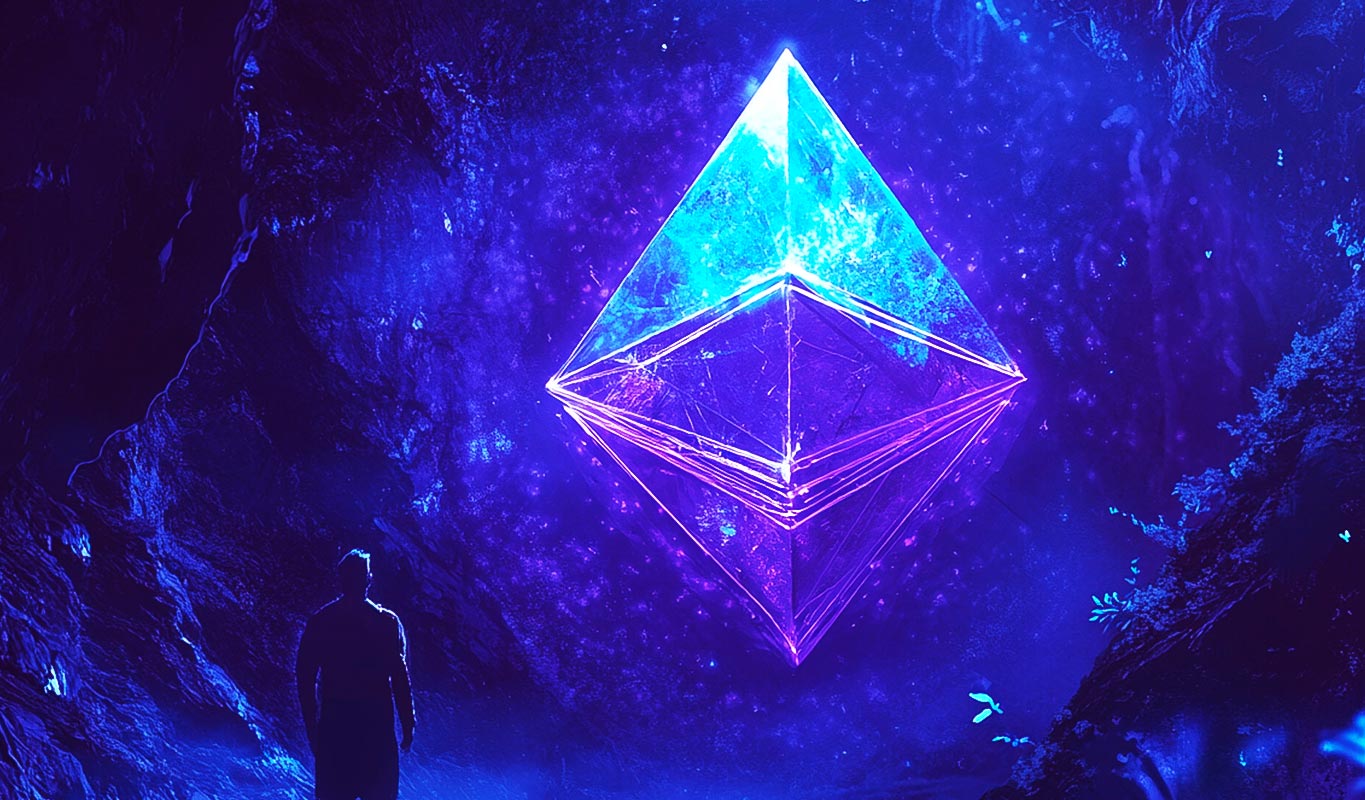
In our previous blog about what is blockchain technology, we discussed the basics of blockchain. Now, we are going to explain, “how blockchain works exactly?” If you haven’t read our previous blog about what is blockchain and how it works?
So, as discussed in the previous blog, a blockchain is a digital decentralized ledger that is used to record information. It is a collection of information into different blocks within a certain storage capacity. Blockchains are being developed to support cryptocurrencies & sometimes in some businesses also.
How does blockchain technology work?
A blockchain is a form of database that stores data in a way that makes it easy to access and unable to hack. Once data is recorded on a blockchain, it cannot be modified or tampered. Data is only recorded when the maximum number of participants agrees.
There are 3 main components that help in the functioning of blockchain.
- As a transaction occurs, it is recorded as a block of data. These transactions show the movement of an asset that can be a product or intellectual. The data blockchain can record the information of your choice.
- Each block is connected to the ones before and after it. These blocks form a chain of data as an asset changes hands. The exact time and sequence of transactions are recorded in blocks. Blocks link securely together to prevent any block from being altered or a block from being inserted between two existing ones.
- Transactions are blocked together in an irreversible chain, each new block added to the chain strengthens the verification of the previous block, and this process powers the whole blockchain. This removes the threat of tampering with the chain and hence provides immutability so that the members of the network can trust the process.
How blocks are created?
Blocks are data structures within the blockchain database, these blocks store the transaction permanently. Miners create new blocks on the chain through a process called mining. In a blockchain, every block has its own nonce and hash but also references the hash of the previous block in the chain.
Block generally contains these elements.
Magic Number: It is a number that contains specific values that identify the block as part of a particular crypto network.
Block Size: Sets the size limit so that only a specific amount of information can be written in it.
Block Header: It contains the information about the block.
Transaction Counter: It represents the number of transactions stored in the block.
Transactions: It is a list of all transactions within a block.
The transaction element contains the most information. It is followed by a block header that includes these sub-elements.
Version: The cryptocurrency version being used.
Previous Block Hash: It contains a hash (encrypted data) of the previous block’s header.
Hash Merkle Root: Hash of transactions in the Merkle tree of the current block.
Time: It is a timestamp to place the block in the blockchain.
Bits: The difficulty rating of the target hash, signifying the difficulty in solving the nonce.
Nonce: The encrypted number that a miner must solve to verify the block and close it.
How data is recorded in blocks?
The process of putting data into blocks is called blocking. Block storage is an approach to storing data in which each storage volume acts as an individual hard drive that is configured by the storage administrator. Blockchain relies on distributed ledger technology (DLT). The DLT acts as a decentralized database of information about transactions between various parties. Operations fill the DLT in chronological order and are stored in the ledger as a series of blocks.
How blocks are added to each other to form a chain?
The linking of blocks on the chain is done through hashing, a process in which one can input a variable-length input to get a fixed-length unique output through a one-way function. Each block contains a cryptographic hash of the previous block, a timestamp, and transaction data.
How much data can we store in blocks?
The storage of data in a block depends on the “block size.” The block size refers to the storage of a single block within the blockchain. Small blocks can be downloaded quickly but contain a small amount of transaction data. A larger block might take more time to download, but it records more transactions, balancing the blockchain.
Different assets have different block sizes like-
Bitcoin has a small block size of 1 MB, and it takes almost 10 minutes to add a new block.
Litecoin has the same block size as bitcoin, but it has a block time of 2.5 minutes.
Ethereum’s block size is determined by the gas limit, this gas limit is the maximum amount of energy units a user needs to complete the transaction.
Why blockchain is important?
Here are some major elements which define the importance of blockchain.
It is a distributed ledger technology in which all participants have access to the distributed ledger and its immutable record of transactions, and because of this shared ledger system, transactions are recorded only once and hence eliminating the threats of duplication and fraud.
These are immutable records which means no one can change or tamper with transactions after it is recorded on the ledger.
If a transaction record includes an error, a new transaction must be added to reverse the error and both transactions are visible.
Smart contracts help to speed up the transactions. It is a set of rules which is stored on the blockchain and executed automatically.
If you want to keep up with the trends of the Cryptocurrency industry, join our communities on Discord, Reddit, and Telegram.







